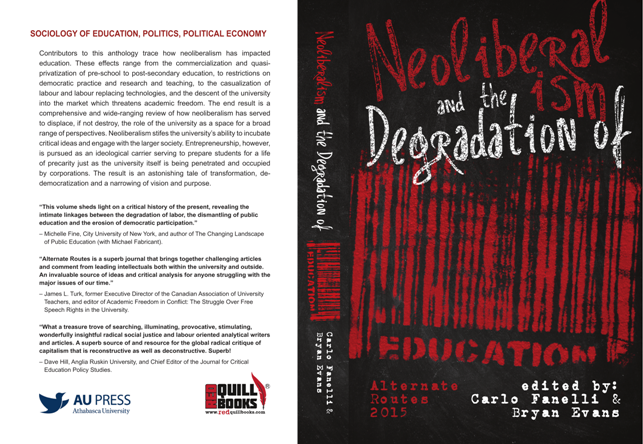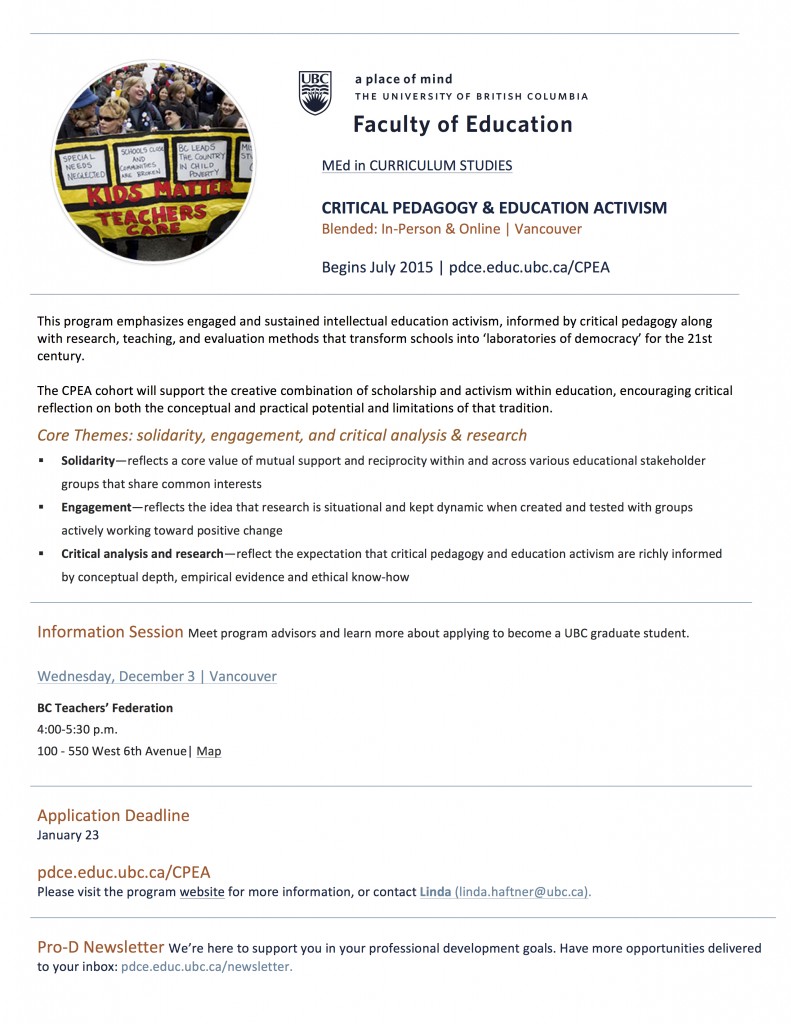Fireside Chat with Ron Evans on Education Reform, Social Studies, and Democratic Citizenship, Hosted By E. Wayne Ross
This conservation with Ron Evans was conducted in the plenary session of the 2015 retreat of College and University Faculty Assembly of National Council for the Social Studies at the University of North Carolina, Charlotte on January 16, 2015. Evans discusses his new book, Schooling Corporate Citizens, the politics of education reform and how that recent reforms have affected the (official) nature and purposes of social studies education, his approach to research and writing, and life in the academy.
Ron Evans is a leading authority on social studies and curriculum history. His book The Social Studies Wars was named an Outstanding Academic Title for 2004 by Choice Magazine. His biography of controversial progressive educator Harold O. Rugg, This Happened in America, won the 2008 Exemplary Research Award from the National Council for the Social Studies (NCSS). His book The Hope for American School Reform, on the origins and development of the new social studies of the 1960s, also won the Exemplary Research Award from NCSS (2011). He founded the Issues Centered Education Community of NCSS in 1988. Currently, he is a Professor in the School of Teacher Education at San Diego State University. He lives in the San Diego area with his wife, two children, and a cat.
E. Wayne Ross is a Professor in the Faculty of Education at the University of British Columbia. His books include The Social Studies Curriculum: Purposes, Problems, and Possibilities Critical Theories, Radical Pedagogies and Social Education.
Listen to the interview here (audio starts a minute or two into the interview):
Books by Ron Evans:
This Happened in America: Harold Rugg and The Censure of Social Studies (2007)
The Social Studies Wars: What Should We Teach The Children? (2004)
The Handbook of Teaching Social Issues (1996)
Questions
How did you come to write Schooling for Corporate Citizens?
What motivates your work?
How did you come to write this book?
What motivates your work?
What sources did you draw on?
Where do you do your writing?
Describe your daily routine.
Describe how you do your research. Did you have formal training in archival research?
You’ve written four previous books of curriculum/social studies history, what did you learn from writing Schooling for Corporate Citizens?
Looking back across your books on curriculum history and education reform in the 20th and 21st centuries, you’ve trace the corporate/capitalist agenda in school reform and it’s anti-democratic, anti-community consequences:
- Do you still have faith in schools to promote democracy / democratic citizenship?
- Did you find out anything that surprised you? That excited you? That disappointed you?
How does a boy from Oklahoma who slacked his way through college end up doing all this work as a teacher/scholar in social studies?
What do you do when you’re not writing?


